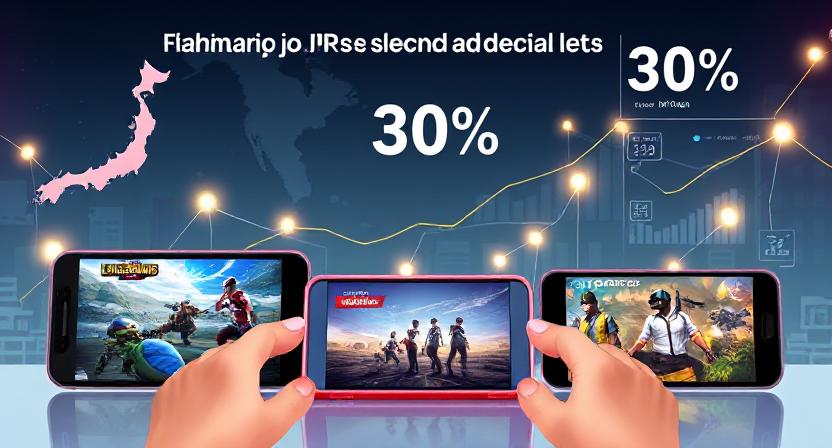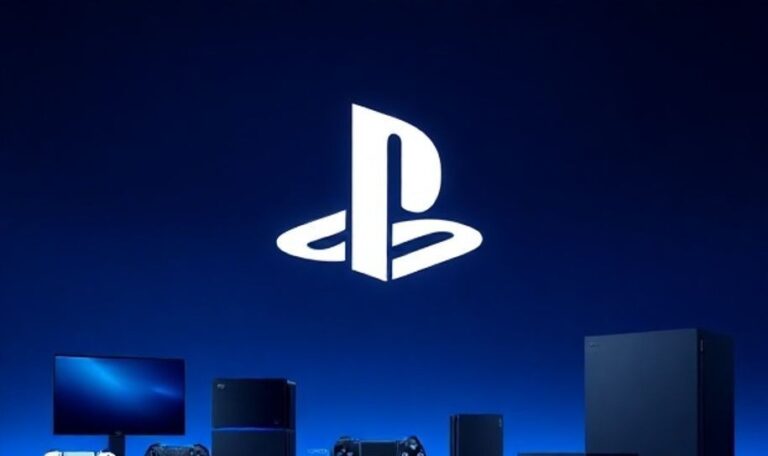Diversity In Gaming Audiences Opens New Market
Gaming’s New Era in 2025 Demographic Diversification and Mobile Crossover The gaming industry has entered an exciting new phase one defined by diversity and mobile...
⏱️ Estimated reading time: 3 min
Latest News
Gaming’s New Era in 2025 Demographic Diversification and Mobile Crossover
The gaming industry has entered an exciting new phase one defined by diversity and mobile influx. Today the player base is no longer confined to stereotypical gamer profiles. Instead it is becoming more varied in age gender and background. Meanwhile mobile gaming isn’t just growing it has become a gateway to gaming as a whole. Let’s now explore the data shaping this shift and what it means for the future.
Global Expansion of Mobile Gamers
Mobile gaming continues to dominate growth. Recent estimates show:
- Over 3.2 billion active mobile gamers worldwide with projections rising to 3.5 billion by end of 2025 Udonis Mobile Marketing Agency.
- In fact mobile game revenue neared $93 billion in 2023 accounting for nearly 50–55% of global gaming revenue.
- Regionally Asia-Pacific remains the powerhouse generating over 55% of mobile gaming revenue.
Breaking Gender Norms in Gaming
- Women account for approximately 46–55% of gamers depending on region and study.
- On mobile platforms specifically 53–55% of players are female.
- Notably in India female gamers play even more averaging 11.2 hours weekly compared to 10.2 hours for men.
Despite continued challenges in representation and community culture the demographic shift is clear.
Age Diversity All Generations Play
Gaming spans all age groups18–34-year-olds make up the largest segment of mobile gamers around 48% with teens 13–17 adding another 16% .
In broader gaming adult gamers 18+ represent 80% compared to 618 million under-18 players .Across regions like Latin America and Indonesia gaming spans all ages from children to individuals 45 and older .The narrative that gaming is reserved for youth is outdated it’s now universally accessible.
Mobile as a Primary Gateway
- In the U.S. 82% of players aged 8+ engage via mobile while others use consoles 47% and PC 45%.
- Among worldwide gamers:
- 31% play only on mobile.
- Meanwhile a smaller group 3–14% cross-play across mobile PC and consoles.

Cross-Platform Trends Shaping Game Design
The lines between mobile, console and PC are blurring:
Publishers are increasingly adapting flagship IPs to mobile. For example League of Legends Wild Rift and PUBG Mobile have expanded reach. In regions like East Asia Japan and Korea show strong multi-platform engagement. Specifically Japan recorded a 30% year-over-year increase in gamers playing across multiple platforms.
Diversity in LGBTQ+ and Under-Represented Communities
- Around 17% of gamers identify as LGBTQ+ with even higher representation in younger demographics (28% of 13–17, 24% of 18–24) .
- Yet representation in games remains low with fewer than 2% featuring LGBTQ+ narratives or characters .
This gap underscores both the inclusive potential of gaming and the work still needed in representation.
Regional Highlights Latin America and India
In Latin America mobile ownership and play are nearly universal. In fact 88% of men and 87% of women engage in mobile gaming.India is emerging as a gaming powerhouse Over 450 million online gamers including 100 million daily active players.CAGR of 28% growth in online gaming between FY2020–2023 .Games like Ludo King propelled gaming into non-traditional demographics including older players 45+ helping normalize gaming as mainstream family entertainment .These regions exemplify how gaming transcends culture and age.
What It Means for the Future of Gaming
Inclusive Content is Essential
With diverse players comes demand for inclusive narratives characters and gameplay styles particularly those that resonate with female and LGBTQ+ audiences.
Mobile-First Development Pays Off
Designing for mobile first helps capture entry-level players and encourages expandability to consoles cloud or PC for deeper experiences.
Cross-Platform Design Drives Engagement
Enable seamless gameplay across devices to retain players and maximize engagement across contexts and time.
Representation Drives Attraction
Under-represented groups flock to spaces they see themselves in. Better inclusion drives both retention and brand loyalty.
Related Posts

Gaming Ads Thrive with 99 Percent Viewability Why It Matters
Gaming Ads Why They Outperform Other Media Channels in Viewability and Engagement In today’s crowded...
September 24, 2025

Hike Shuts Down Amidst Gaming Regulations in India
Hike Shuts Down Amidst Gaming Regulations in India Hike, once a prominent unicorn in India’s...
September 14, 2025

PlayStation Family App: Enhanced Parental Controls
Sony Enhances Parental Controls with New PlayStation Family App Sony has released a revamped ‘PlayStation...
September 10, 2025











Leave a Reply